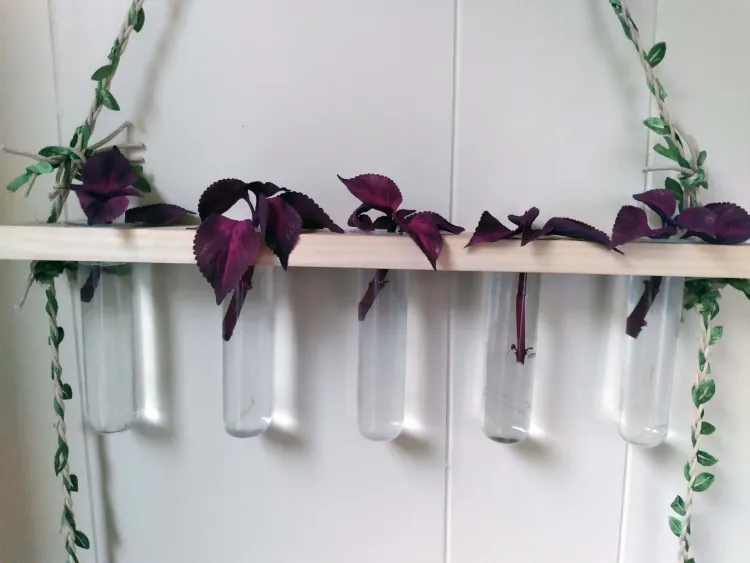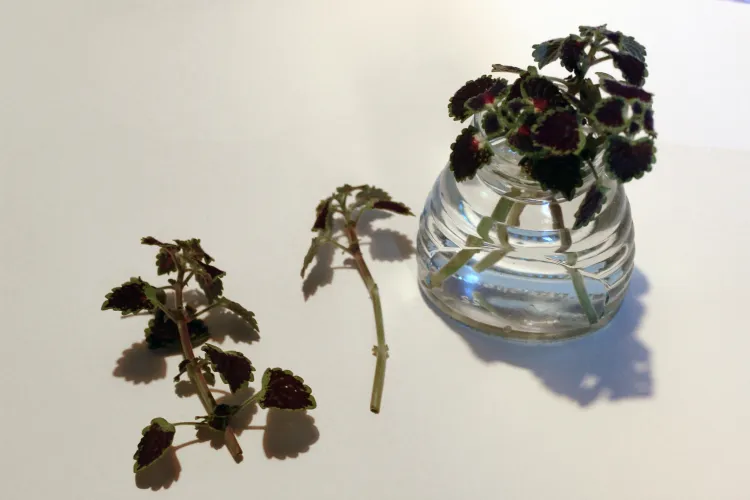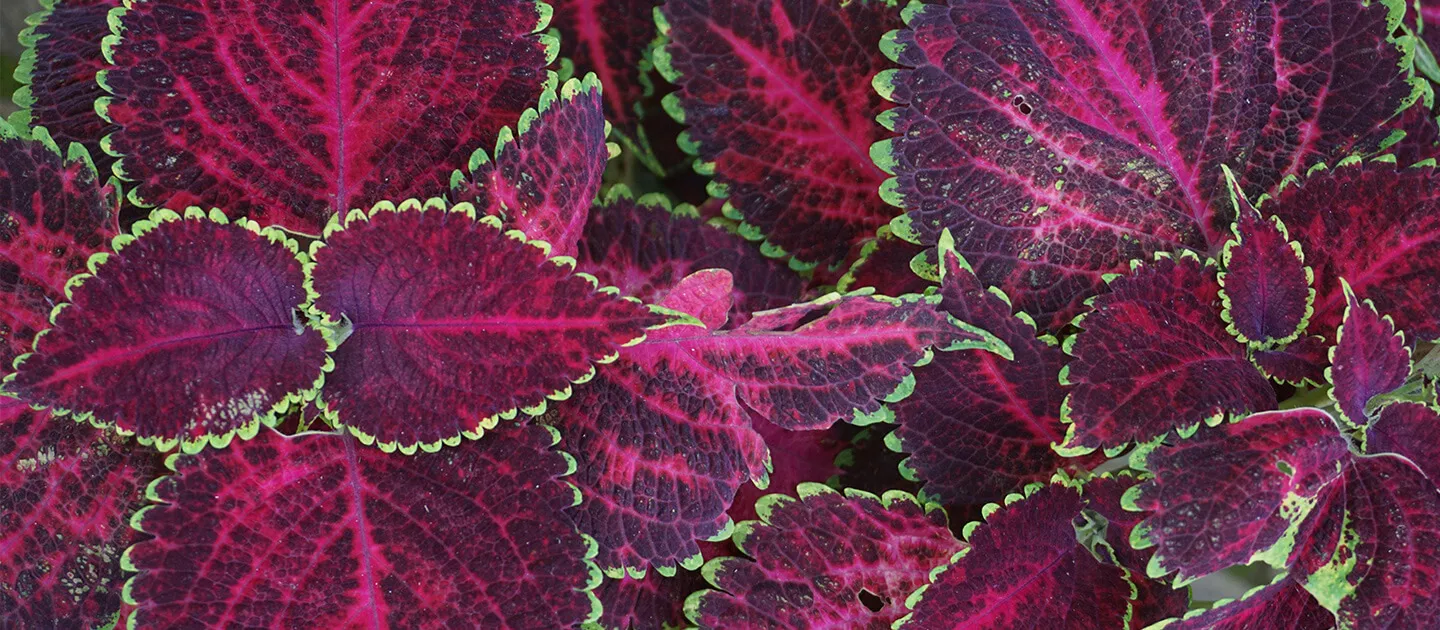When considering plants for our gardens, we usually think in terms of annuals or perennials. Annuals complete their life cycle in one year and must be replaced each spring. Perennials grow for many years.
It might surprise you that some plants sold as annuals are actually perennials. A perennial grown in a region that’s too cold will die when freezing temperatures arrive in the fall. These plants are referred to as “tender perennials” and are sold as annuals in colder climates like Vermont.
Because they’re perennials, you can keep summertime favorites such as coleus (Plectranthus scutellarioides) and fuchsia (Fuchsia magellanica)—both hardy only in U.S. Department of Agriculture Plant Hardiness Zones 10 and 11—beyond the current growing season. The trick is to bring them indoors before the first frost.

By overwintering tender perennials indoors, safe from freezing temperatures, you can keep favorite plants for the next growing season and save the expense of purchasing replacements in the spring.
The simplest way to do so is to save the entire plant. Hanging baskets and other pots are easy to carry indoors. Before you bring them inside, give them a good spray with a hose and check under leaves for any pests that might try to hitch a ride.
Plants growing in the ground can be dug up. Potted plants in contact with garden soil should be repotted. To prevent overwintering soil borne pests, remove soil from the roots, check for pests, and repot in fresh potting soil. Check foliage for signs of damage, pests or disease. Up to a third of the foliage can be cut back.
Keep in mind that conditions indoors will be very different from outdoors. Available light will be less intense even with the use of grow lights, and the air may be dry.
To make the transition less stressful, do a reverse of the garden acclimation process you used to harden off seedlings in the spring. Bring plants indoors gradually, moving them from their current growing location to a porch or other sheltered area for several days before bringing them indoors.

Rooting cuttings is a good option if you have limited space to overwinter plants. This is also a good way to save plants that have grown leggy or have been damaged over the course of the growing season. Cuttings can be rooted either in water or in potting soil.
Select healthy stems and cut in sections of four to six inches in length from the tips. Be sure to include several nodes (where a leaf meets the stem). Trim leaves from the lower half of the cuttings. Place cuttings in a container of room temperature water, being sure no foliage is beneath the water’s surface. Place the container in indirect sunlight.
Roots will grow from the underwater nodes. Once roots are over an inch long, the cutting can be potted up in a container of potting soil.
You can also start cuttings in moist potting mix. For more information on rooting cuttings, see: https://go.uvm.edu/plantcuttings.
Whatever method you choose to overwinter plants from your garden, be sure to keep them in a sunny window or provide supplemental light with a grow light. In addition, keep plants away from hot or cold drafts such as wood stoves and exterior doors.
Don’t panic if overwintering plants drop leaves. This may be a result of stress related to the move indoors. Continue to water as needed and watch for new growth.
For home gardening questions, contact the University of Vermont Extension Master Gardener Helpline online at https://go.uvm.edu/gardenhelpline or by phone until the end of October at 802-656-5421, Thursdays, 9 a.m. to 12 p.m.
